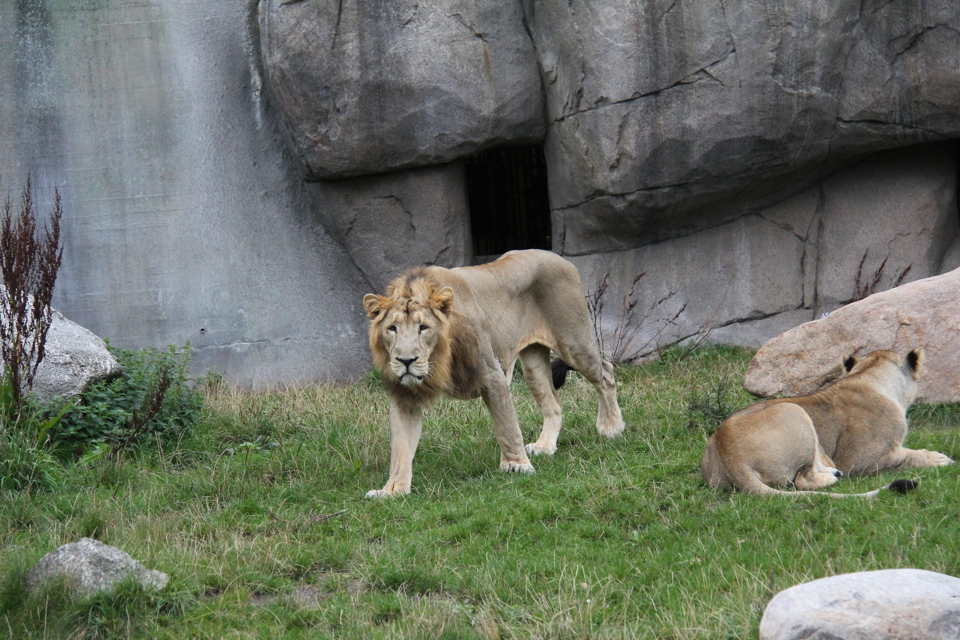It is crucial that the lions used for breeding have the best genetic background and to breed lions that are as distantly related as possible to avoid inbreed defects.
- “The Asiatic lions are closely related to each other, but through the genealogical tree and genomic techniques, Cino’s and Rikke’s work help us select the best breeding partners. The family tree furthermore lets us identify families in which specific defects or illnesses are most likely to occur, enabling us to exclude those lions from the breeding programme and hopefully decrease the occurrence of the less fit individuals” Trine Hammer Jensen, who is also vet at Aalborg Zoo, explains.
High-level breeding at Aalborg Zoo
In 2014, Aalborg Zoo acquired a new male lion to further their breeding programme. Previously, the zoo had two female lions with a close family relation and thus low genetic impact. The new male lion has a high genetic status and has already proven his fertility, resulting in lion cubs at Aalborg Zoo shortly after his arrival. The zoo now aims to acquire two high-status females from Helsinki – females that have been meticulously selected on the basis of the genealogical tree.
- “By exchanging the two female lions – who will go to a Zoo in Portugal – we will get lions with a higher genetic impact. We hope that breeding them with the male lion can lead to a stronger and genetically more diverse family of lions and, eventually, maybe ensure the survival of the Asiatic lion" Trine Hammer Jensen finishes.
